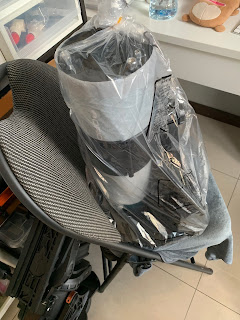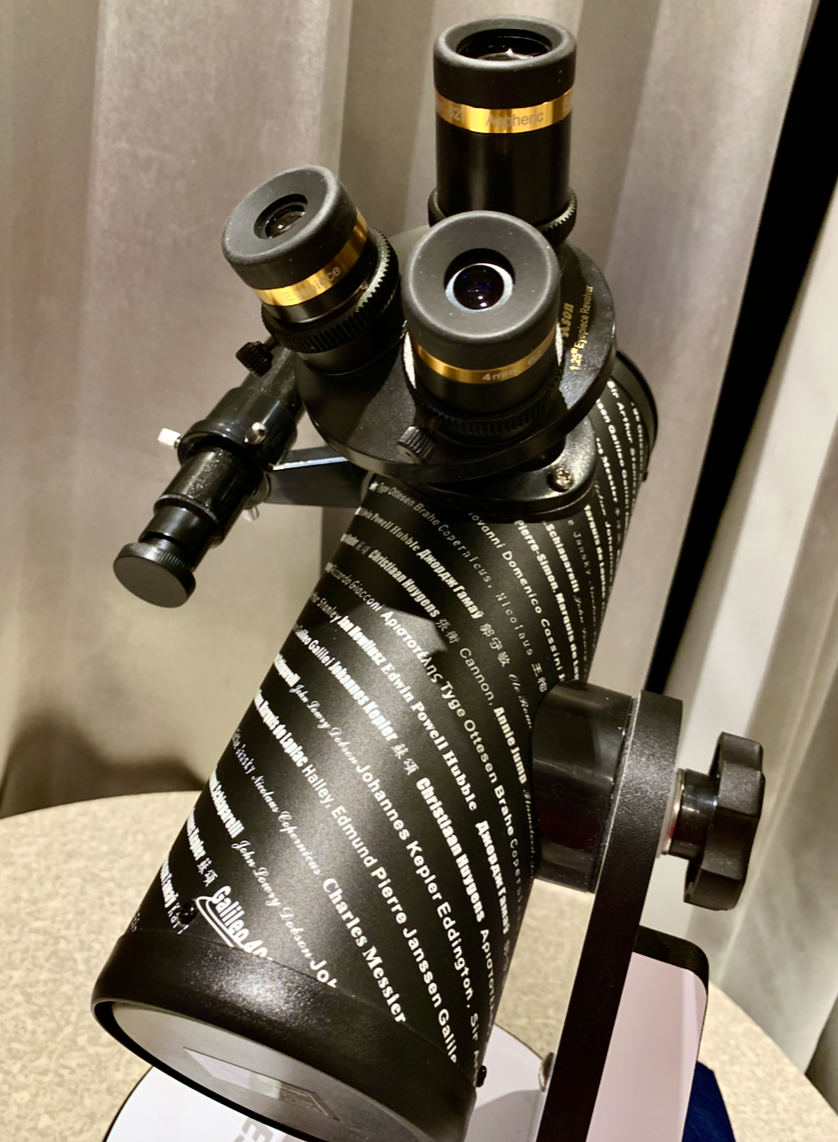 |
Atmospheric Study - Spectacular Captured Weather Subsystems for Extended Observations
It was discovered that spectacular weather subsystems exist in and around regional active volcanic mountains where it can be clear in one area and obscured and raining in another. How is this useful to astronomical imaging? Can the telescope view sky objects during rain? Do these weather subsystems divide and what are their rates of changeability?
It was discovered that spectacular weather subsystems exist in and around regional active volcanic mountains where it can be clear in one area and obscured and raining in another. How is this useful to astronomical imaging? Can the telescope view sky objects during rain? Do these weather subsystems divide and what are their rates of changeability?
PHOTO
In a general example, entire mountain ranges can disappear while others remain visible, depending on weather conditions. In other specific examples, clouds are seen in front of some clear area mountains and not others.
WEATHER POSITION These weather systems move inside, over top side, surrounding the sides, and extending to the base of volcanic mountains.
VOLCANIC MOUNTAINS
There are five main surrounding active volcanic mountain regions, each at varying sizes, distances and elevations.
LOCATION
The volcanic mountains border on the Pacific ocean where a weather front can spill over into the mountainous formed depressive bowl and weather is thus held captive. Weather inside the bowl is shown to move around, affording clear views in one location and not in another. Sometimes these systems are static more or less, or can be in a high rate of motion and change.
RATE OF CHANGE - SIZE - CONTENT
Weather can change in 20 minutes and one weather cell may have a different rate of change compared to another. Cells can vary in size and content. Some cover entire mountains while others are seen as small prevailing cloud systems obscuring a small mountainous fraction.
RATE OF CHANGE - SIZE - CONTENT
Weather can change in 20 minutes and one weather cell may have a different rate of change compared to another. Cells can vary in size and content. Some cover entire mountains while others are seen as small prevailing cloud systems obscuring a small mountainous fraction.
CONCLUSION
During daytime, subsystems are visually spotted and the telescope is directed to open areas of the sky for astro imaging or to specific mountains for conservation study. At night, weather subsystems are found with imaging cameras that see in the dark.















































